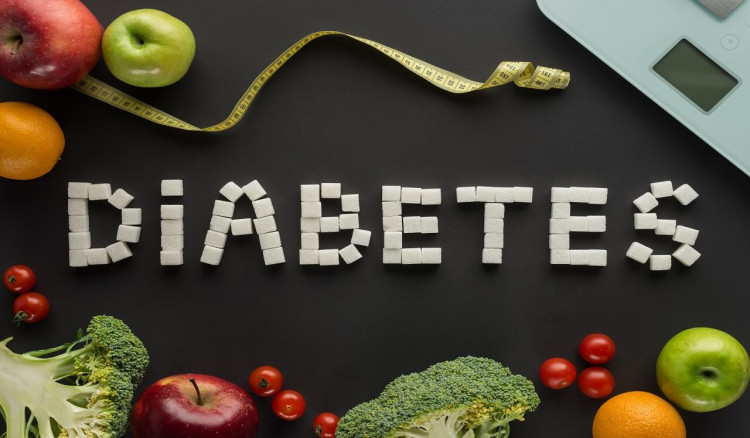
How To Test For Ketones
When you don’t have enough insulin available to use the glucose in your blood, your body burns fat instead of glucose. When your body burns fat, it produces toxic substances known as ketones. It is important to keep ketones from building to high levels. This can lead to a life-threatening situation known as diabetic ketoacidosis. By testing for ketones, you can prevent diabetic ketoacidosis from becoming a threat to you.
Symptoms of Ketones
The first warning that your body may be producing ketones is a consistently high blood glucose level—250mg/dl or above. You may also experience a lack of appetite, stomach pains, nausea, vomiting, blurry vision, fever, a sensation of feeling flushed, difficulty breathing, feelings of weakness, drowsiness, a fruity odor on your breath, intense thirst, dry mouth or the need to urinate frequently.
Risks of Ketones
High levels of ketones in the urine can be a sign that you are developing diabetic ketoacidosis. This is an extremely serious condition that can lead to seizures, coma and even death. People with Type 1 diabetes are more likely than people with Type 2 diabetes to develop diabetic ketoacidosis.
How to test for Ketones
You should always test for ketones in these situations:
- When your blood glucose readings are over 240mg/dl on more than one occasion
- When you are ill, especially when you have a high fever, bouts of vomiting or diarrhea
- During any kind of acute stress, whether it is physical (such as surgery or trauma) or psychological (such as work or family problems)
- When you are chronically tired
- When you have fruity breath, vomiting, breathing difficulties or are having a hard time concentrating
To test for ketones, you will need a sample of urine. Blood samples are not used to test ketones at home. You will need to buy special ketone test strips, available at most pharmacies.
Dip a ketone test strip in a urine sample or pass it directly in a stream of urine. Time the test according to the directions of the package. If ketones are present, the strip will change colors. Compare the test strip to the color chart on the package, and record the results in your daily log. Ketone levels are not reported in units such as milligrams or deciliters. Instead the chart will tell you whether you have trace to small, moderate or large amounts of ketones in your urine. Ask your health care team in advance what to do if you have ketones in your urine.
Ketones Treatment
If you have high urine ketones, along with high blood glucose levels, you need to take action to lower them immediately. Talk to your health care team about what specific action you should take. They may suggest that you do the following:
- Take extra insulin. Consult with your health care team about how much insulin you should take.
- Drink plenty of water to prevent dehydration
- Avoid exercise. Exercise will make your body burn more fat and produce more ketones, because there isn’t any insulin to let glucose into your cells. If you continue to exercise, you could counteract the effect of taking extra insulin
Ketones Prevention
To prevent ketone in your urine, make sure to monitor your blood glucose levels and know what to do, if your blood glucose climbs too high. Never skip an insulin dose, and always test for ketones and blood glucose whenever you are ill or under stress
Sources and References
Point-of-Care Glucose and Ketone Monitoring by S K Chong and E L Reineke
The Diabetes Problem Solver: Quick Answers to Your Questions About Treatment and Self-Care by Nancy Touchette






Share This Article: